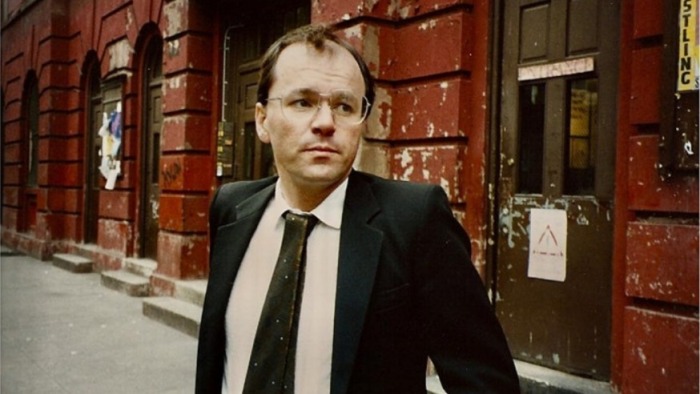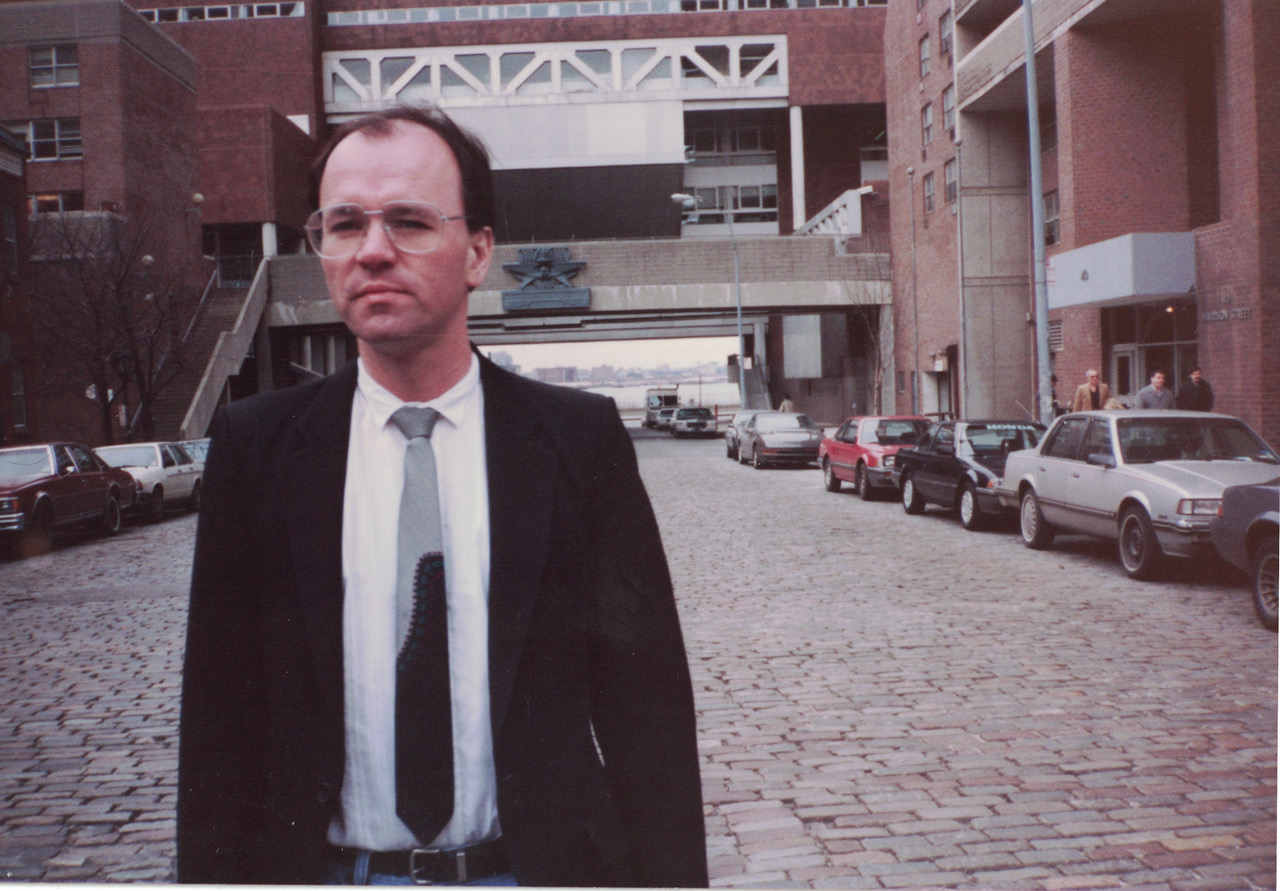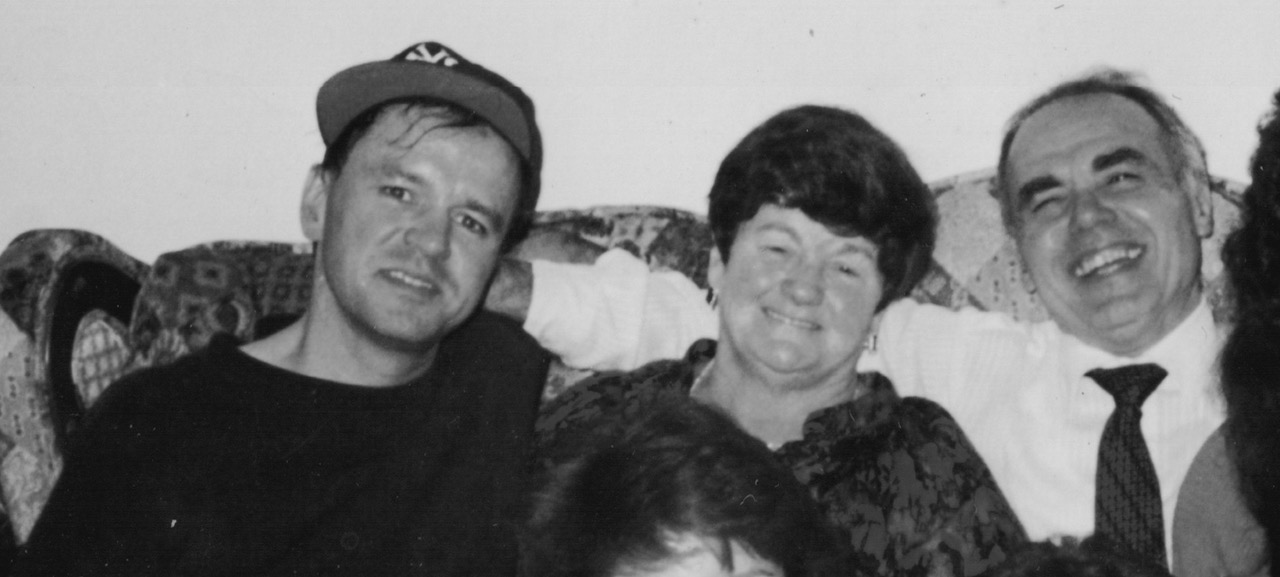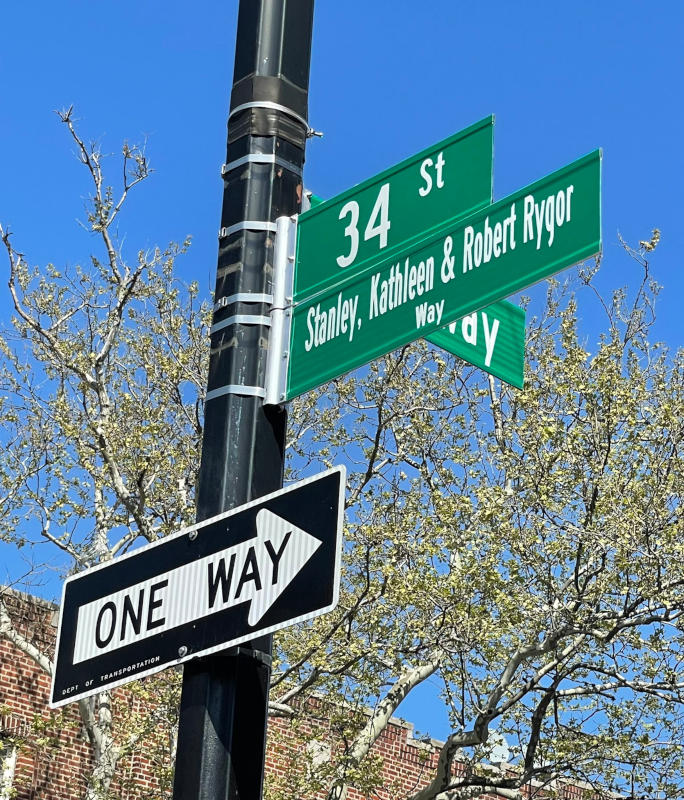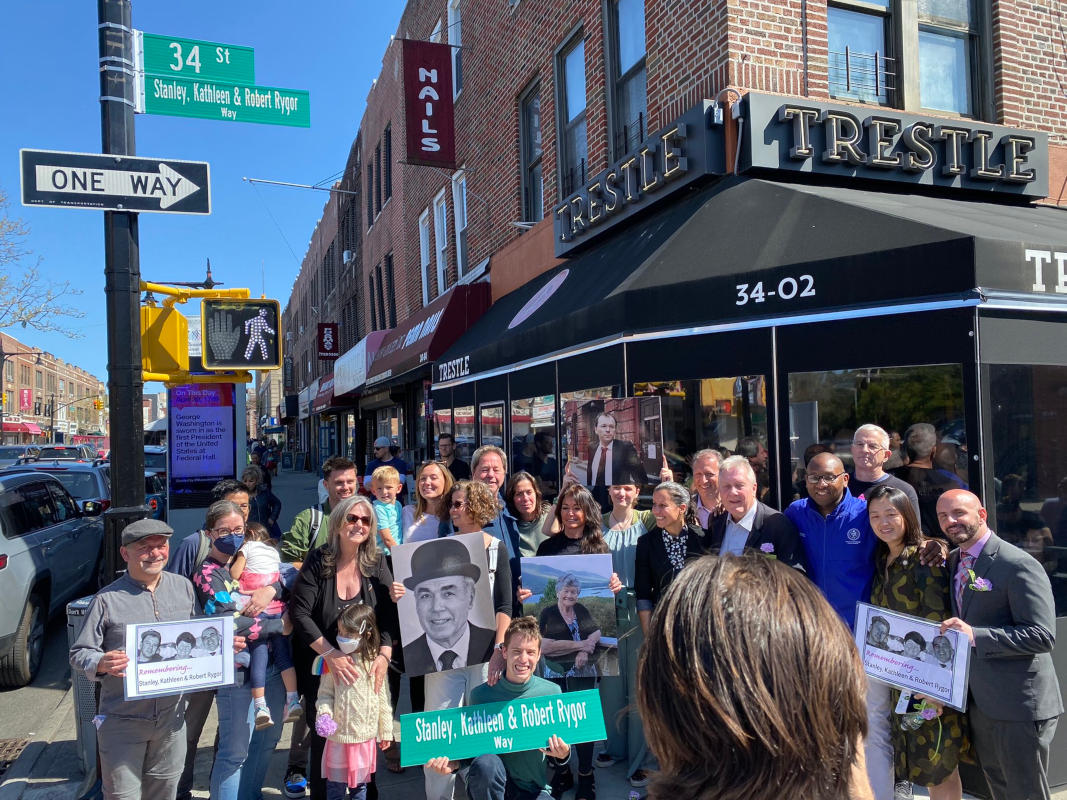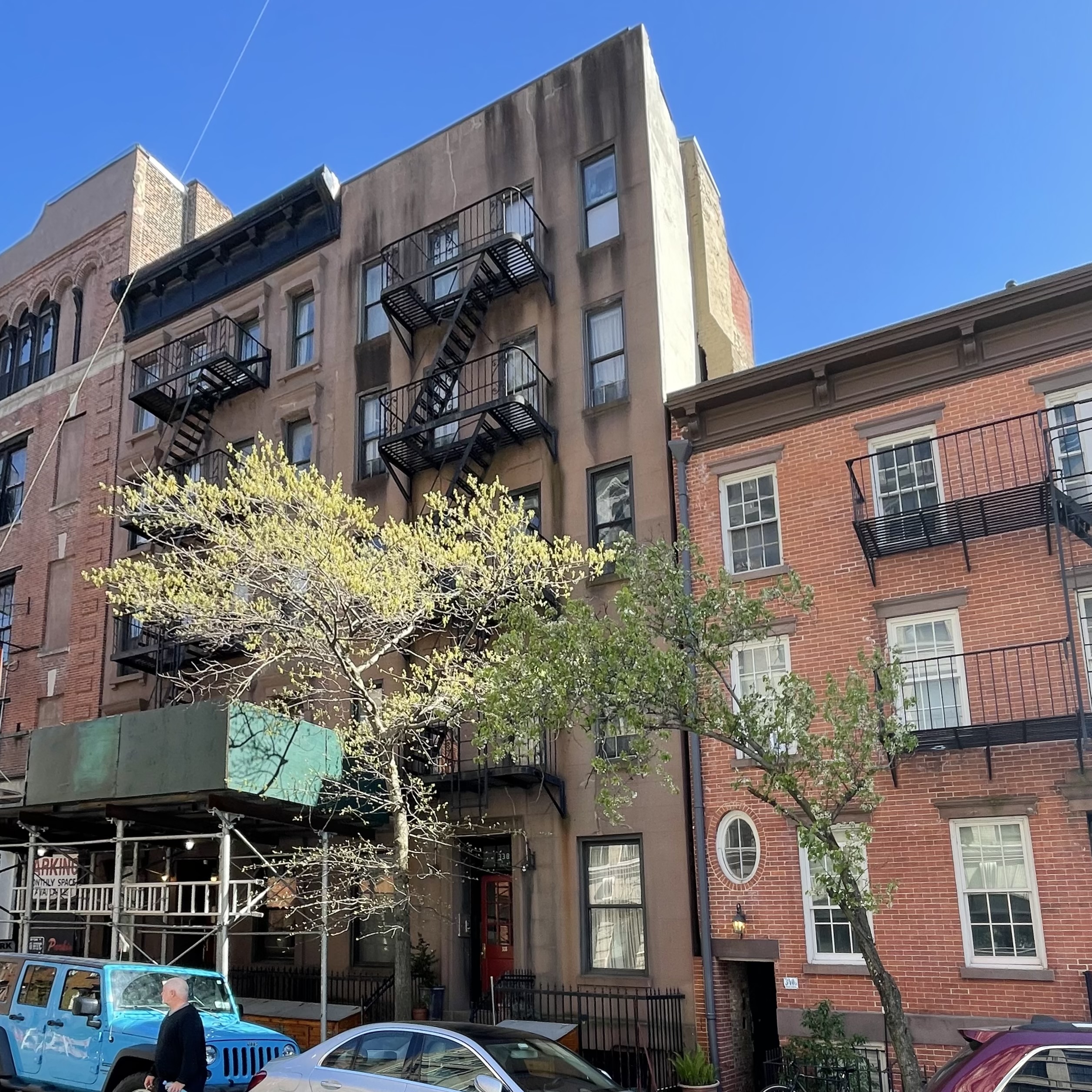
Robert Rygor Residence
overview
From the early 1970s until his untimely death from AIDS-related complications in 1994, activist Robert Rygor lived in apartment 3B of this Greenwich Village building.
Rygor, who was half Irish, protested the exclusion of the LGBT community from the St. Patrick’s Day Parade, became the first openly gay candidate to run for the New York State Legislature, and was a prominent member of ACT UP.
History
New York City native Robert Rygor (1953-1994) grew up in his family’s house at 32-37 34th Street in Astoria, Queens. His parents, Stanley, an Italian American, and Kathleen, an Irish immigrant from County Offaly, bought the one-and-a-half-story house in 1954 and lived there for 67 years. They raised Rygor and his four younger siblings with strong Irish traditions and exposed them to the civil rights movement when they hosted Queens NAACP meetings there in the 1960s. By the time Rygor graduated from Mater Christi, a private Catholic high school in the neighborhood, in 1971, he had come out as gay to his parents, who were supportive.
In the early 1970s, while he was earning an MBA in Finance at New York University (NYU) and working at Morgan Stanley, Rygor moved to apartment 3B at 338 West 11th Street, in Greenwich Village. In 1974, he was influential in getting NYU to amend its equal opportunity statement to include gay men and lesbians. He was also the first person to protest the exclusion of the LGBT community from the annual St. Patrick’s Day Parade on Fifth Avenue, which he did in 1978 as he held a sign that read “Gaylics.” That same year, he became the first openly gay person to run for the New York State Legislature, though he was not elected (he lost a second run in 1990 to Deborah Glick, who became the first openly gay state legislator in New York).
In the 1980s, Rygor became involved in community activism in and around Greenwich Village. On the LGBT rights front, he joined the Irish Lesbian and Gay Organization (ILGO), which formed in 1988. Three years later, Rygor and his parents participated in the 1991 St. Patrick’s Day Parade on Fifth Avenue with ILGO, though the Ancient Order of Hibernians (AOH), the long-time organizers of the parade, refused to let ILGO carry its banner. As a result, then-Mayor David Dinkins became the city’s first mayor to decline an invitation to lead the parade (which was founded in 1762), and he instead invited ILGO to march with him and a local AOH division further down the line. The contingent faced hostility and homophobic slurs from spectators and marchers.
Rygor, diagnosed with AIDS in 1990, left his job of eight years at the New York State Department of Taxation and Finance to dedicate the rest of his life to various causes. That year, he joined ACT UP and served as its workspace manager, a position he would hold for four terms. In December 1992, he attended the 7th International Conference on AIDS in Africa, held in Cameroon, to highlight the global AIDS crisis. He was also prompted by the homophobic outcry to the Children of the Rainbow curriculum to run (unsuccessfully) for a seat on the school board of District 2 in Manhattan in 1993. In August of that year, he was interviewed at his Greenwich Village apartment for an article that appeared in the Irish Voice. In it, he notes that he had already lost many friends to AIDS and that his main concern at that time was the need for more funding for AIDS research and development. His parents were also cited in the article as saying that they could not share their grief over their son’s illness with most people they knew because of the prevailing stigma at the time.
Following Rygor’s death in 1994 at age 40, his parents continued to be allies to the LGBT community as active members of PFLAG and the Lavender and Green Alliance. They also worked with gay Irish immigrant and Astoria resident Brendan Fay, who considered Rygor his mentor, on campaigns for an inclusive St. Patrick’s Day Parade in Manhattan, the Bronx, Brooklyn, and Staten Island as well as campaigns for Irish AIDS Outreach and Marriage Equality of Western Queens. Rygor’s father was also a regular participant at St. Pat’s for All—founded by Fay in 2000 and which annually holds a moment of silence for Rygor—and AIDS Walk New York. In 2022, Fay successfully pushed for the Rygors’ block in Astoria to be co-named “Stanley, Kathleen, and Robert Rygor Way” in their memory.
Entry by Amanda Davis, project manager (June 2022).
NOTE: Names above in bold indicate LGBT people.
Building Information
- Architect or Builder: James W. Cole
- Year Built: 1890
Sources
“About Us,” Lavender and Green Alliance, bit.ly/2SctNFO.
“Biographical & Historical Note,” Robert Rygor Papers, Department of Special Collections and Archives, Queens College, City University of New York.
Brendan Fay, email to Amanda Davis/NYC LGBT Historic Sites Project, April 8, 2022.
Brendan Fay, NYC LGBT Historic Sites Project site submission form, April 15, 2021.
Corey Kilgannon, “Insurgent St. Patrick’s Day Parade Comes Into Its Own,” The New York Times, March 1, 2013.
Emer Mullins, “AIDS and the Irish,” Irish Voice, August 17, 1993, 12-13.
Nick Garber, “Astoria Street To Bear Name Of Pioneering LGBT Activist Family,” Patch, April 29, 2022, bit.ly/3GrzVUv.
Michael Dorgan, “Astoria Street Co-Named in Honor of Prominent Local Family Who Fought for LGBT Rights,” Astoria Post, May 2, 2022, bit.ly/3MXPWUF.
Peter Schmidt, “N.Y.C. Debate Over ‘Rainbow’ Curriculum Still Raging in Many Board Races,” Education Week, March 24, 1993, bit.ly/3NaFmcI.
Do you have more information about this site?
This project is enriched by your participation! Do you have your own images of this site? Or a story to share? Would you like to suggest a different historic site?
